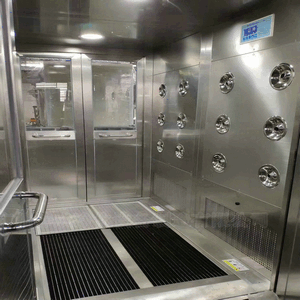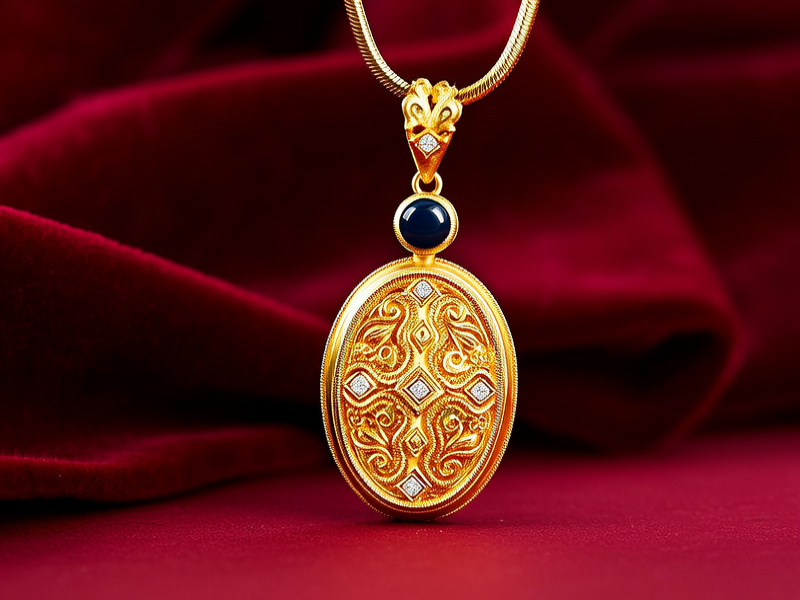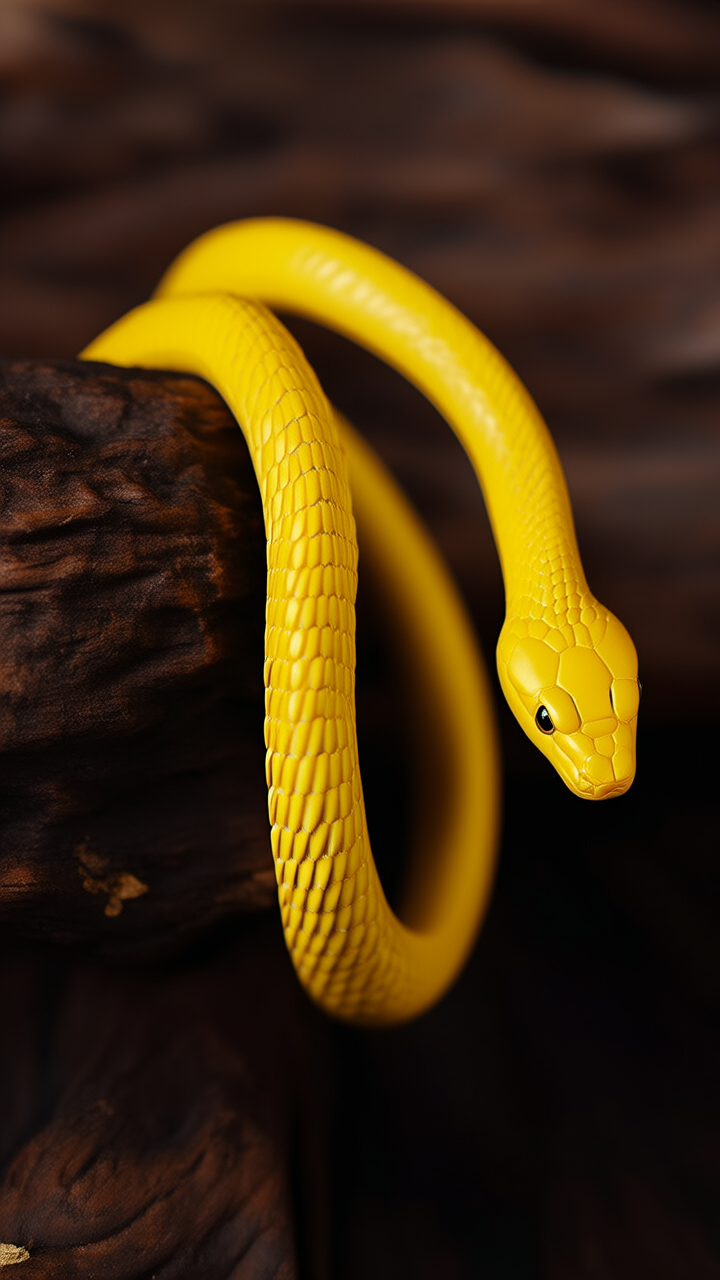Wd提问: ai齿轮怎么做
Ai批改: Creating an AI-powered gear system involves designing and implementing a system that can simulate, analyze, or optimize gear performance using artificial intelligence (AI) and machine learning (ML) techniques、Here's a general overview of how you might approach building an AI-powered gear system:
Define the problem and goals
1、Identify the type of gear system: Determine what type of gear system you want to create, such as a simple gear system, a complex gearbox, or a gear system for a specific application (e.g., robotics, automotive, aerospace).
2、Define the goals: What do you want the AI-powered gear system to achieve? For example, do you want to:
* Optimize gear performance (e.g., efficiency, torque, speed)?
* Predict gear failure or maintenance needs?
* Automate gear design and selection?
* Improve gear manufacturing processes?
Gather data and requirements
1、Collect gear data: Gather information about the gear system, including:
* Gear geometry (e.g., tooth profile, pitch, module)
* Material properties
* Operating conditions (e.g., speed, load, temperature)
* Performance metrics (e.g., efficiency, torque, vibration)
2、Define design constraints: Identify any constraints or limitations for the gear system, such as:
* Space and weight limitations
* Cost and manufacturing constraints
* Safety and reliability requirements
Choose AI/ML techniques
1、Select a suitable AI/ML approach: Depending on your goals and data, choose from techniques such as:
* Machine learning: Use algorithms like neural networks, decision trees, or regression analysis to model and optimize gear performance.
* Genetic algorithms: Employ evolutionary optimization techniques to search for optimal gear designs.
* Finite element analysis (FEA): Use numerical methods to simulate gear behavior and performance.
Design and implement the AI gear system
1、Develop a gear model: Create a mathematical or computational model of the gear system, including its components and behaviors.
2、Train and validate the AI model: Train your chosen AI/ML algorithm using collected data and validate its performance using test data or simulations.
3、Integrate with a gear design or simulation tool: Integrate your AI model with a gear design or simulation software (e.g., CAD, CAE, or FEA tools) to enable gear optimization, analysis, or simulation.
Some popular AI/ML tools and techniques for gear design and analysis
1、Neural networks: TensorFlow, PyTorch, or Keras for building and training neural networks.
2、Genetic algorithms: Python libraries like DEAP or Scipy for implementing genetic algorithms.
3、FEA and simulation: Software like ANSYS, Simulia, or OpenFOAM for simulating gear behavior.
4、CAD and gear design software: Tools like SolidWorks, Autodesk Inventor, or GearTrax for creating and analyzing gear designs.
Example Python code for a simple gear optimization using a genetic algorithm
python
import numpy as np
from deap import base, creator, tools, algorithms
Define gear parameters
gear_ratio = 3.5
num_teeth = 20
module = 2
Define optimization goals
def optimize_gear(individual):
Calculate gear performance metrics (e.g., efficiency, torque)
using a simulation or analytical model
efficiency = 0.9 (individual[0] * 0.01)
torque = 100 (individual[1] * 10)
return efficiency, torque
Create a genetic algorithm
creator.create(FitnessMin, base.Fitness, weights=(-1.0, -1.0))
creator.create(Individual, list, fitness=creator.FitnessMin)
toolbox = base.Toolbox()
toolbox.register(attr_float, np.random.uniform, -10, 10)
toolbox.register(individual, tools.initRepeat, creator.Individual, toolbox.attr_float, n=2)
toolbox.register(population, tools.initRepeat, list, toolbox.individual)
def main():
pop = toolbox.population(n=50)
hof = tools.HallOfFame(1)
stats = tools.Statistics(lambda ind: ind.fitness.values)
stats.register(avg, np.mean)
stats.register(std, np.std)
stats.register(min, np.min)
stats.register(max, np.max)
algorithms.eaSimple(pop, toolbox, cxpb=0.5, mutpb=0.1, ngen=10, stats=stats,
halloffame=hof, verbose=True)
best_ind = hof[0]
print(Best individual:, best_ind)
print(Best gear parameters:, best_ind[0], best_ind[1])
if __name__ == __main__:
main()
This code uses a genetic algorithm to optimize two gear parameters、You'll need to adapt and extend this example to suit your specific use case.
Keep in mind
* This is a simplified example and real-world applications will require more complexity and nuance.
* AI-powered gear systems can be computationally intensive and require significant expertise in both gear design and AI/ML techniques.
By following these steps and adapting them to your specific needs, you can create an AI-powered gear system that optimizes performance, predicts failures, or automates design and selection.
0
IP地址: 203.240.80.191
搜索次数: 256
提问时间: 2025-04-20 09:46:56
热门提问:
财通资管健康产业混合A
2024最火的金手链图片
招财黄金吊坠
博黄金
达丰设备
黄金手链的
ai大模型底座
详细介绍域名www.ii.hl.cn的含义、价值与适合的行业。
黄金饰品价格今日
ai助手聊天
豌豆Ai站群搜索引擎系统
关于我们:
三乐Ai
作文批改
英语分析
在线翻译
拍照识图
Ai提问
英语培训
本站流量
联系我们

温馨提示:本站所有问答由Ai自动创作,内容仅供参考,若有误差请用“联系”里面信息通知我们人工修改或删除。
技术支持:本站由豌豆Ai提供技术支持,使用的最新版:《豌豆Ai站群搜索引擎系统 V.25.05.20》搭建本站。
















